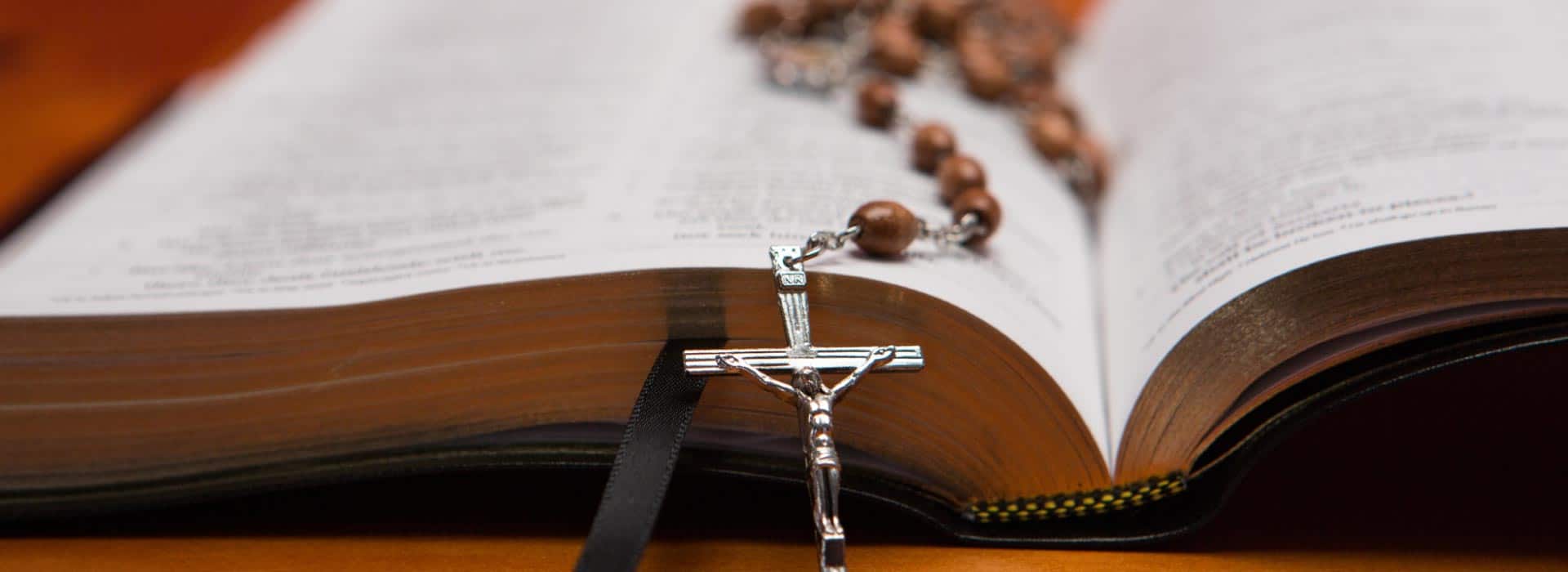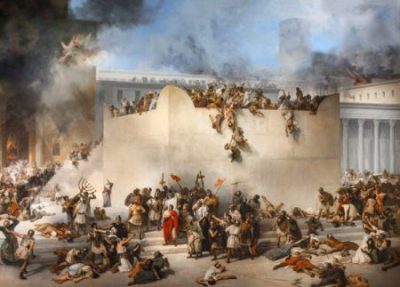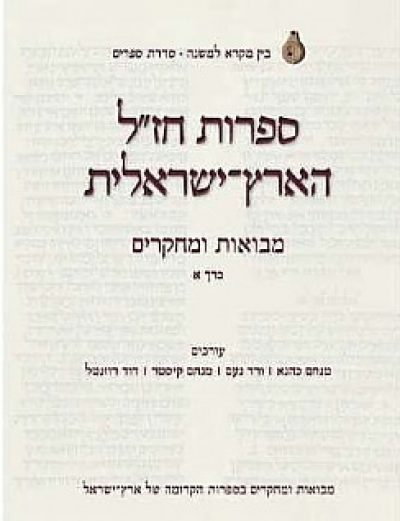Halakha is Jewish law. The word is derived from the Hebrew root .ה.ל.ך meaning “ to go” and it denotes law in the sense that this is the right way to go. (This is similar to sharia` in Islam.)
Halakha is traditionally considered to be divinely sanctioned law and is derived from the rabbinic interpretation of the Torah and other books of the Bible, the Mishna, Talmud and other Rabbinic works and from the rulings of the rabbis themselves.
The scope of Halakha is total and includes not only ritual matters but also civil and criminal topics. Today the broad application of halakha is limited mostly to Jewish religious law. Spheres regulated by halakha include: prayer and ritual behavior, permitted and forbidden foods (see kashrut), Shabbat and holiday practices and regulations, marriage/divorce and also economic relationships.
Deriving from diverse sources and developing over a long period of time, halakha has changed over the ages. For example, the Torah prohibited the charging of interest on loans (Shemot xxii, 24; Vayikra xxv, 36-38; Devarim xxiii, 20). Because the Rabbis saw that poor people in need of credit were hurt by this measure they made an enactment (taqqanah) which permitted lenders to receive interest. (The application of this enactment is called the heter isqa [Aramaic, permission for business] and is found in banks in Israel today.)
There are also small differences in halakha amongst the major different Jewish groups: Sephardim, Ashkenazim and Orientals. An example of this is the prohibition of bigamy. According to Torah law a man is permitted to have more than one wife. In Ashkenazi practice this has been prohibited by rabbinic enactment for over 1,000 years. Non-Ashkenazi Jewish men, not bound by the Ashkenazi rabbinic ruling, have been permitted multiple wives unless prohibited by the laws of the state (which is the case in Israel).
The practice of different Jewish groups also differs in ways not covered by halakha. These differences are considered to be matters of minhag or custom.
A set of contemporary Halacha books (Pearls of Halacha)







